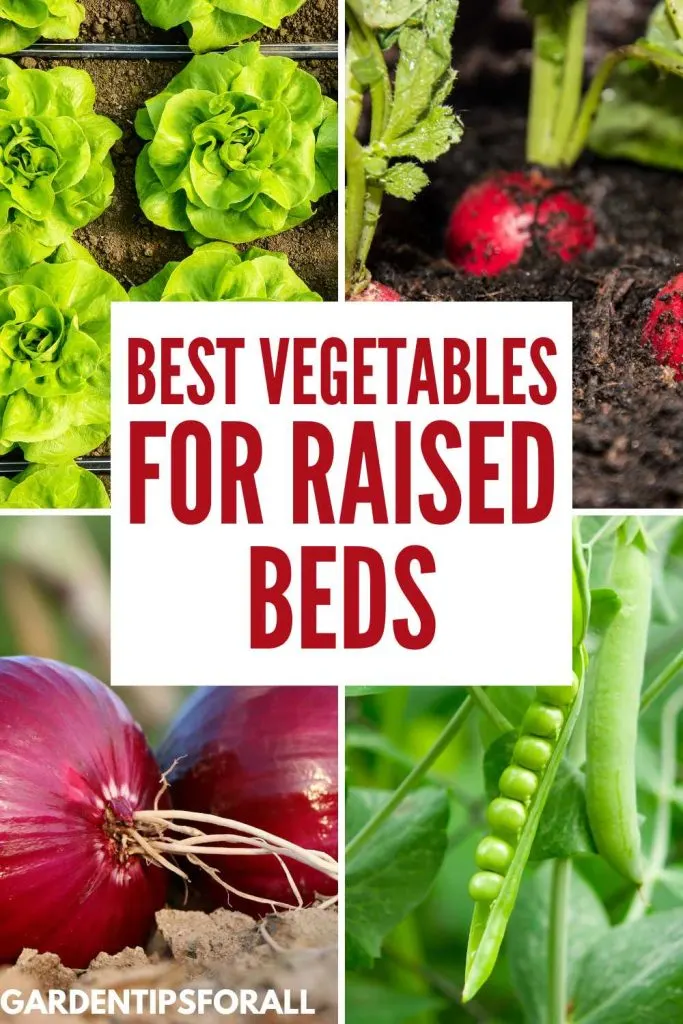Best Vegetables to for Raised Beds
More and more people are starting to grow their vegetables to help cut down on grocery cost.
Many new and experienced gardeners are turning to raised bed gardening as opposed to the more traditional “on the ground” gardening. So here are some of the best vegetables to grow in raised beds.

Related Articles:
Why Grow Vegetables in a Raised Bed Garden?
There are several reasons why more and more people are choosing raised bed gardening including:
- People living in rental properties may not have permission to dig up part of the property to put in a garden. Since raised beds can be taken down and don’t require the digging up of any ground you can garden without damage to your rental property.
- You have physical issues with your back or knees that will make planting and weeding the traditional garden difficult if not impossible. Raised bed gardening saves wear and tear on the back and the knees.
- Raised bed gardening helps to cut down on the amount of weeding and watering and takes up less space.
Depending on the amount of vegetables you want to grow you can have multiple raised beds or just one for growing your vegetables. The soil in your raised bed should be made up of quality topsoil, compost and perlite or peat since this will make for a nutrient rich soil in which to grow your vegetables.
10 Best Vegetables to Grow in Raised Beds
There are several vegetables can be grown in raised beds and we will be discussing just a few of those vegetables here.
#1. Carrots
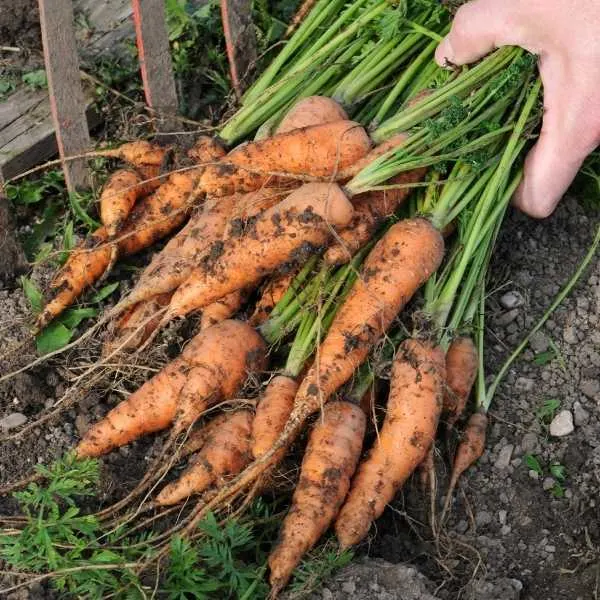
Carrots are an easy vegetable to plant and grow making them an ideal vegetable for beginner gardeners. The great things about carrots are that they can be enjoyed fresh from the garden and canned or frozen for future use.
You can plant 18 carrots per square foot allowing you to grow a healthy crop. Carrots can be grown in zones 3 through 10 and grow from seed to harvest in 50 to 75 days.
#2. Lettuce
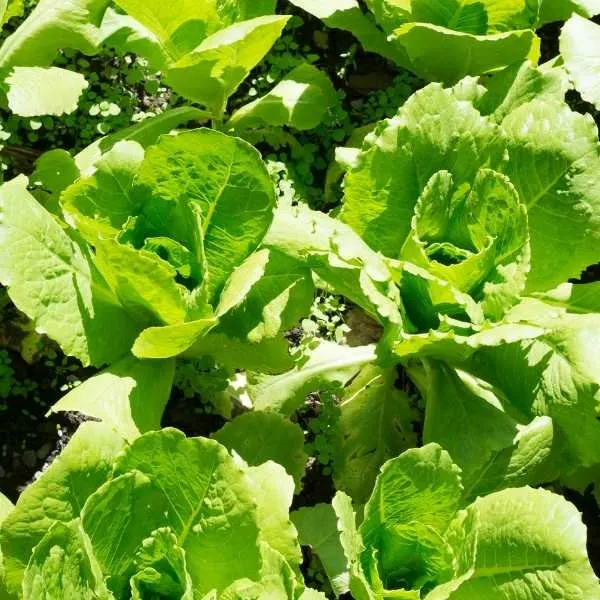
Lettuce is a cool weather crop that grows extremely quickly. A favorite summer vegetables perfect for salads and sandwiches lettuce is a fairly easy plant to grow in raised beds.
There are 4 major types of lettuce; head lettuce, Romaine, leaf and Butter head. Most home gardeners choose to grow leaf lettuce partly due to its quick grow time.
You can grow your lettuce in rows, or empty corners of your raised garden beds. Lettuce grows best in zones 2a through 11b and most leaf lettuce is ready to harvest into 30 days.
#3. Radishes

Radishes are fast growing vegetables that are fairly easy to grow. You get one radish per plant so it is easy to gauge how many plants you need to plant to get the number of radishes you want.
Many people enjoy radishes in salads and even on sandwiches as well as an ingredient in several different cooked dishes. Radishes can be grown in zones 2 through 11 and takes 35 to 60 days from seed to harvest.
#4. Kale
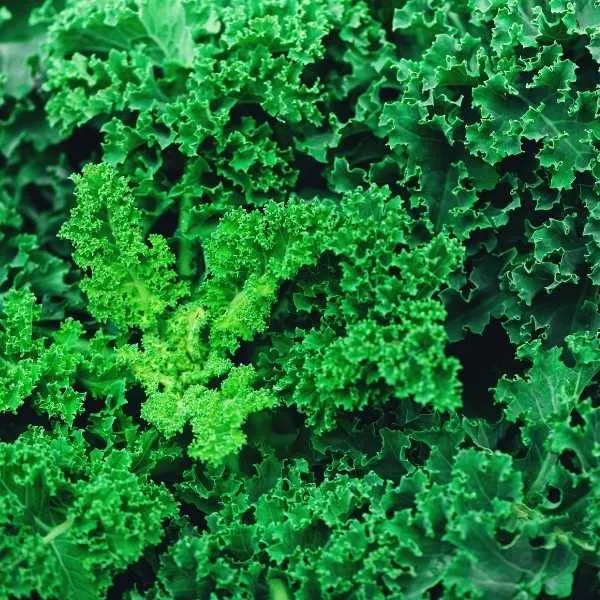
Kale is another cool weather leafy green vegetables that people enjoy in salads as well as make into chips to snack on.
Each head of kale requires a square foot in which to grow. Kale is a slower growing vegetable than is lettuce requiring at least 3 months before they are ready to harvest. It can be grown in zones 7 through 9.
#5. Spinach
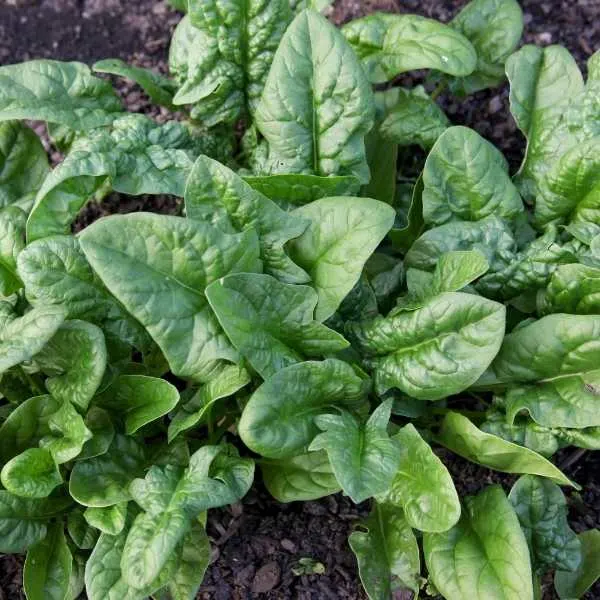
Spinach is a leafy green vegetable that is extremely healthy. This vegetable can be eaten raw in salads, eaten as a side dish and cooked into a number of different recipes.
Spinach is a quick grower and works well in raised bed gardens. This vegetable grows in zones 2 through 11. Spinach is ready to harvest within 30 days or slightly more.
#6. Tomatoes
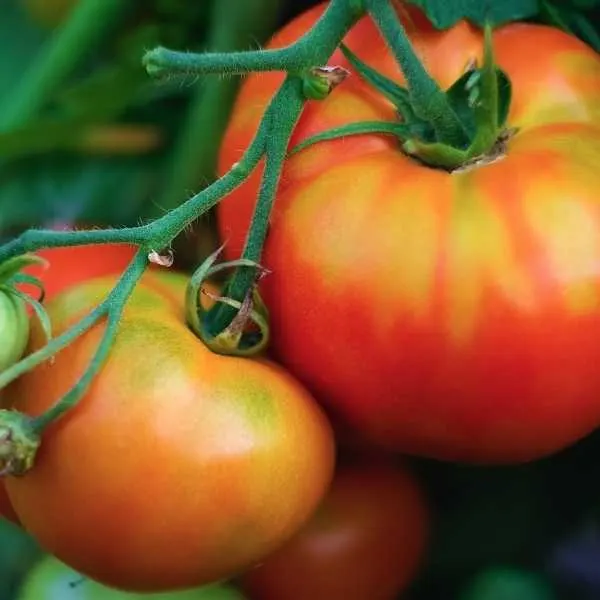
Tomatoes are another vegetable that is a favorite plant of home gardeners. There are several different types and sizes of tomatoes, from small cherry and grape tomatoes to large beefsteaks.
Tomatoes are a vegetable that can be enjoyed raw or cooked in a variety of dishes. They are also used in the making of salsas and sauces.
Tomatoes can be grown in zones 2 through 11 and can be planted from seeds of starter plants. In most cases you can get 6 to 7 tomatoes per plant. Depending on the type of tomato you choose to grow it can take between 55 and 80 days before your crop is ready to harvest.
#7. Peas
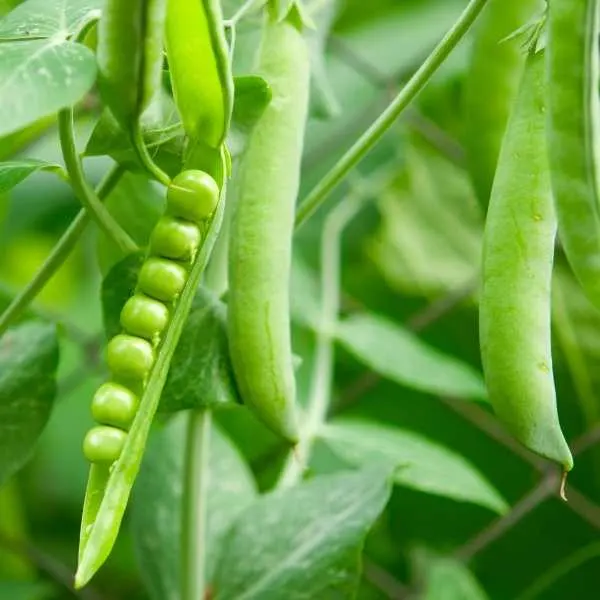
Peas are a common vegetable eaten in most homes both as a side dish and as an ingredient in casseroles, soups and stews.
There are both bush and vine varieties of peas with bush varieties being the neatest to grow in a raised bed. Peas can be eaten fresh from the garden or cooked or frozen.
These vegetables can be grown in zones 2 through 11 and are ready to harvest in about 45 days after planting and you are likely to average about 30 pods per plant.
#8. Common Beans
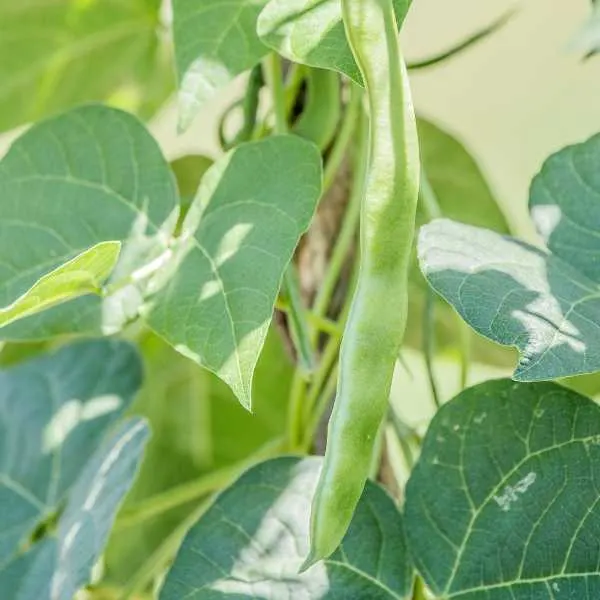
There are several varieties of common beans all of which grow well in raised beds. When you succession plant beans you can harvest your crop over a period of several weeks.
You normally get around 20 pods of beans per plant and this vegetable can be enjoyed fresh from the garden, canned or frozen.
Common beans can be grown in zones 2 through 11 and the length of time this vegetable takes to reach maturity and be ready to harvest depends on the type of bean you choose to grow.
#9. Onions
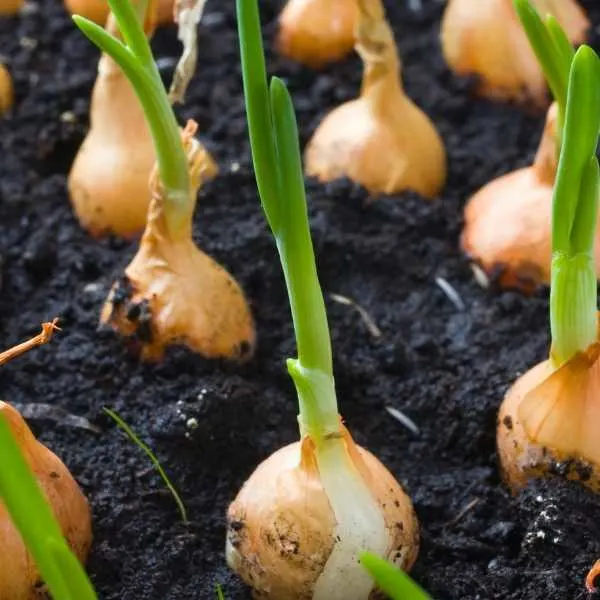
Onions are another vegetable that home gardeners love to grow since this vegetable is a staple in most homes. They are often enjoyed raw and cooked in a number of casseroles, soups, stews, sauces and more. It is best to plant your onions from sets rather than seeds.
Onions can be grown in zones 5 through 10 and these vegetables are generally ready to harvest between 40 and 60 days after planting.
#10. Potatoes
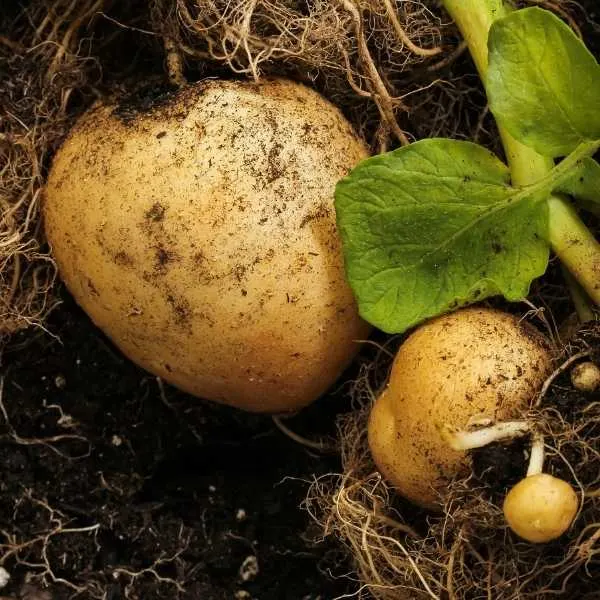
There are over 100 different varieties of potatoes you can grow in your raised bed. Since you can get 5 to 10 potatoes per plant it is fairly easy to determine how many potato plants you will need. Potatoes can be grown in zones 3 through 10.
If you want to harvest small new potatoes from some of the plants you can harvest them in about 50 days. Full size potatoes can take 120 days to reach maturity.
Final Thoughts on the Best Vegetables for Raised Garden Beds
There are other vegetables that you can plant in raised beds, but the vegetables mentioned here will give you some idea of the variety of vegetables that can be grown in a raised bed garden.
